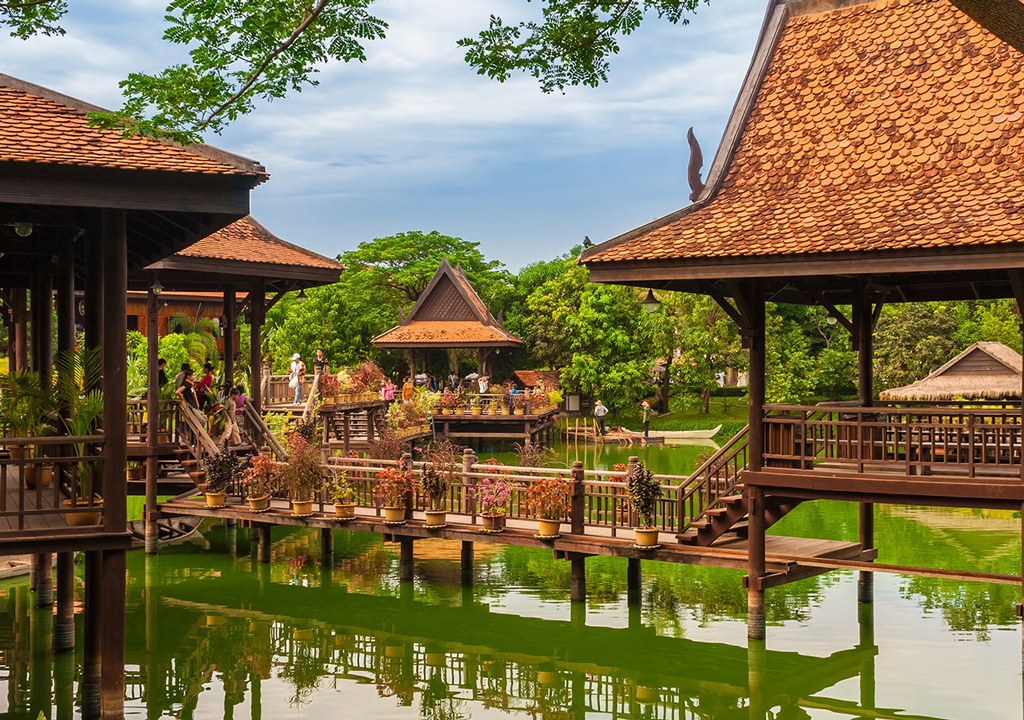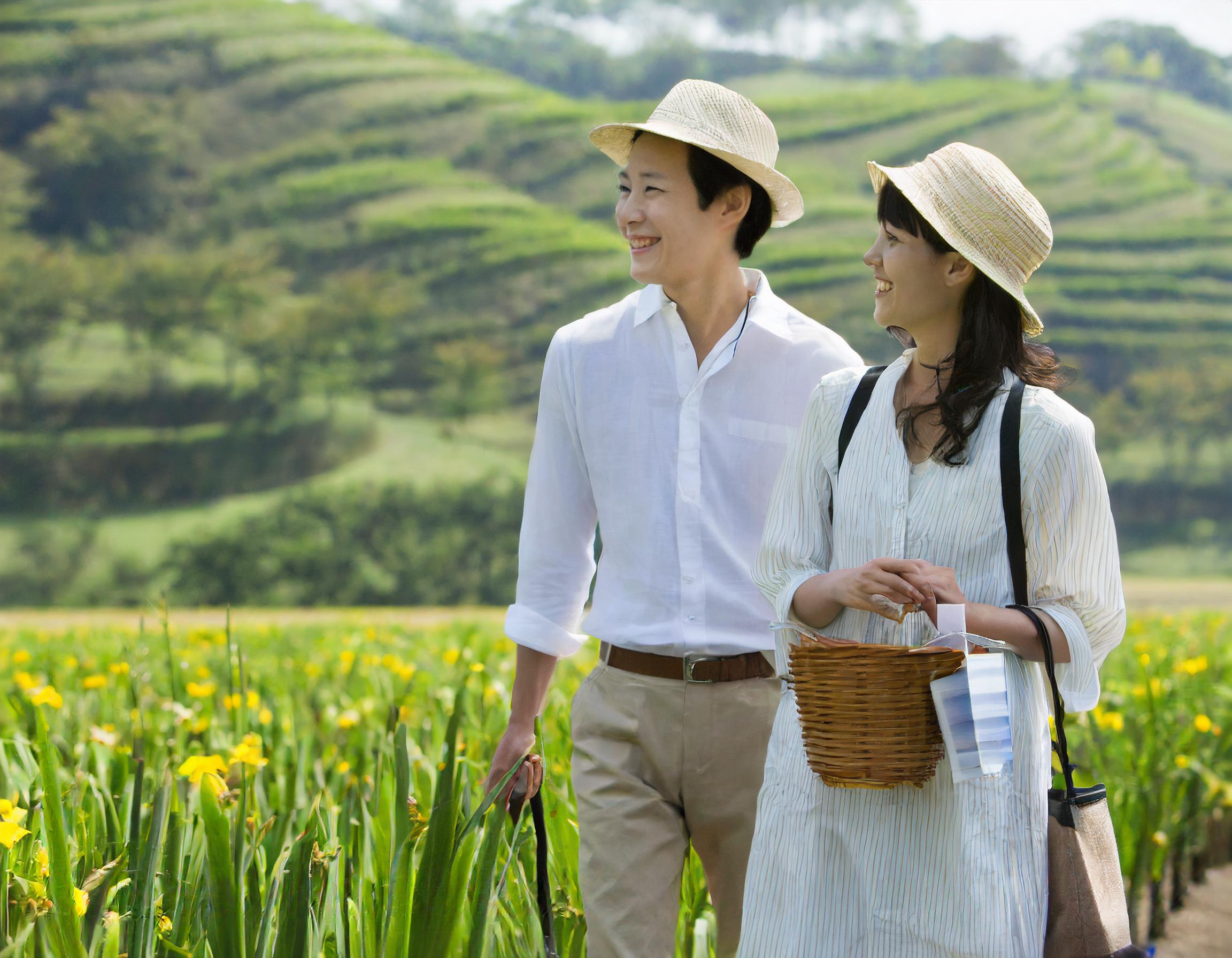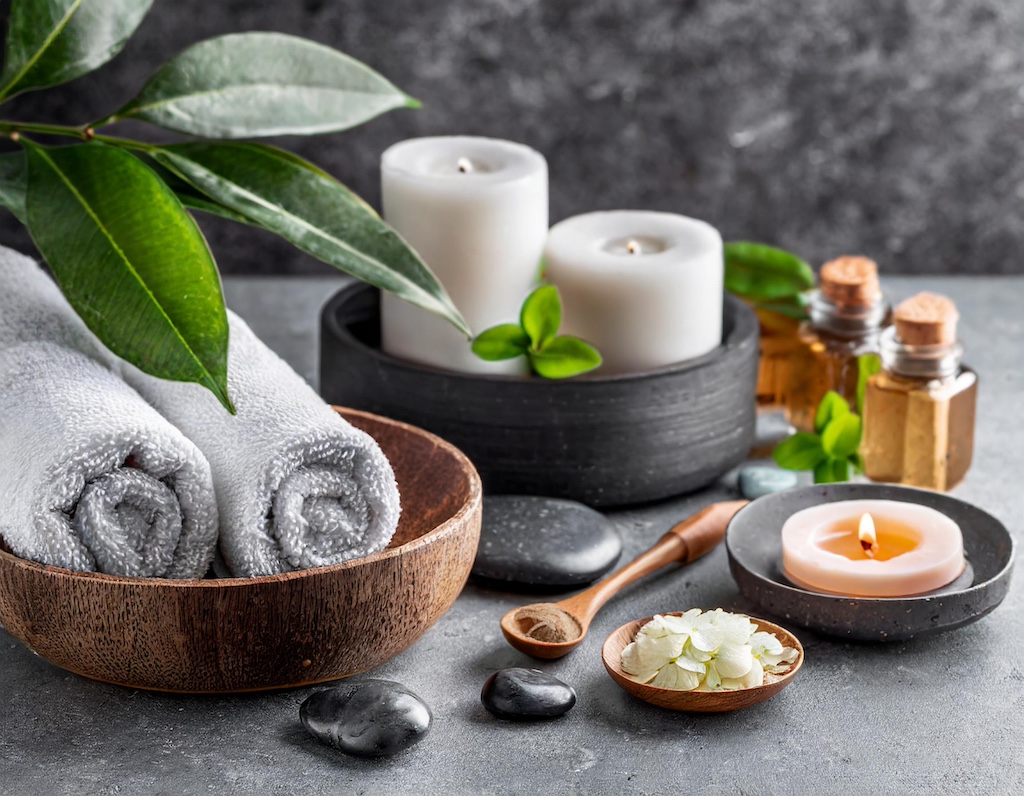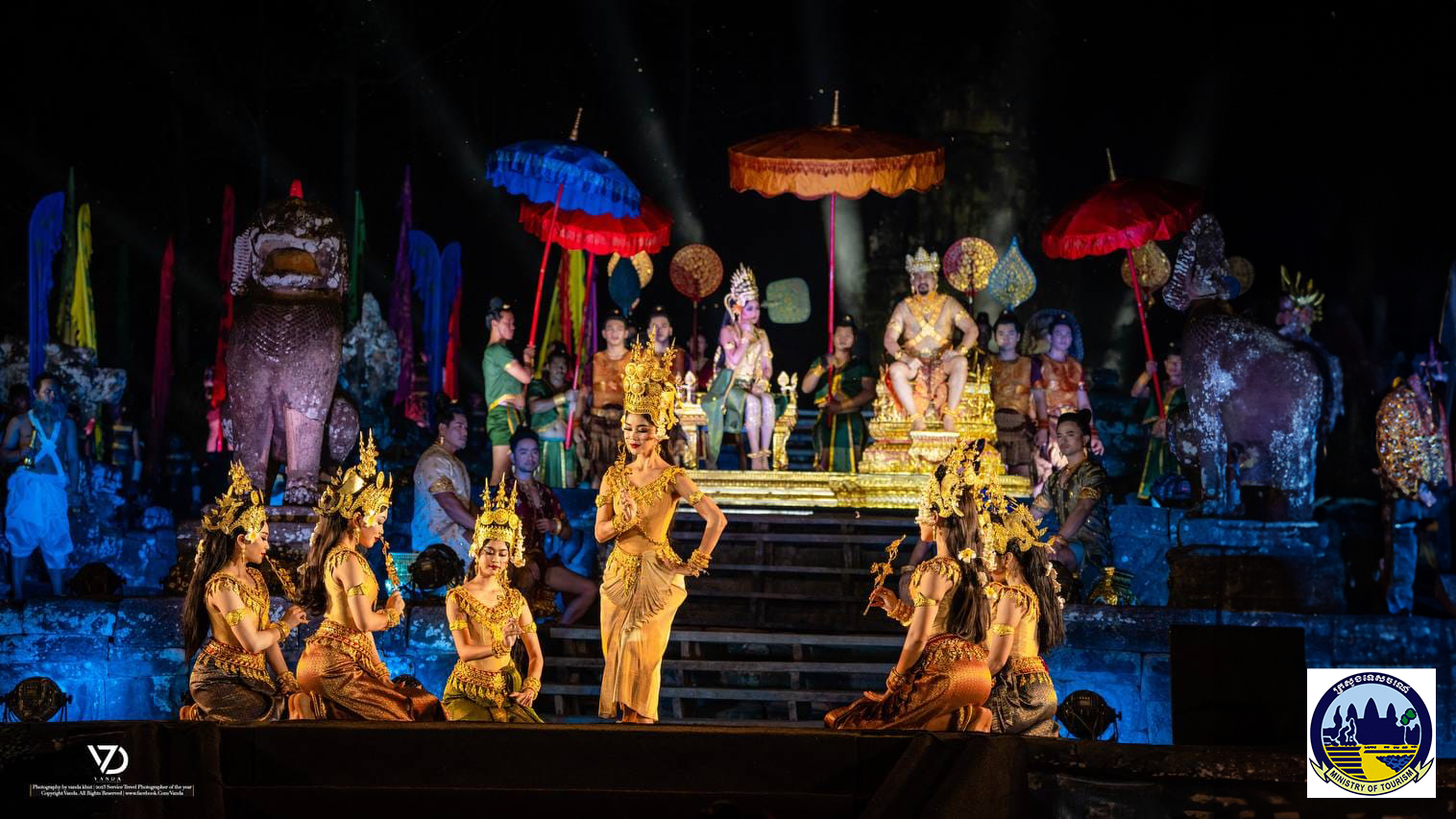Ancient Echoes: Exploring the Historical Sites of Siem Reap
Siem Reap, a city steeped in history, is a tapestry woven with the threads of ancient civilizations, majestic temples, and enduring traditions. This city, more than just a gateway to the iconic Angkor Wat, is a treasure trove of historical sites that narrate the grandeur of bygone eras. In this article, we embark on a journey through time, exploring the rich historical landscape of Siem Reap. From the world-renowned Angkor complex to lesser-known yet equally captivating ruins, each site offers a unique glimpse into the architectural genius and cultural depth of ancient Khmer civilization. These historical landmarks are not mere structures; they are storytellers, echoing tales of power, devotion, and artistic mastery. This exploration is more than a tour; it's an immersive experience into the heart of Cambodia's heritage, an opportunity to walk in the footsteps of kings, and to witness the artistic and spiritual legacy they left behind.
ANGKOR WAT: A Timeless Wonder Angkor Wat, a symbol of Cambodia's historical pride, is a massive temple complex built in the early 12th century. It's the largest religious monument in the world, originally constructed as a Hindu temple dedicated to the god Vishnu. Over time, it seamlessly transitioned into a Buddhist temple, reflecting the dynamic religious shifts in the region. The temple's design represents Mount Meru, the home of the gods in Hindu cosmology, encircled by vast moats symbolizing the ocean. The temple is adorned with intricate bas-reliefs depicting Hindu epics, including the famous "Churning of the Sea of Milk." Angkor Wat's architecture is a blend of symmetry, spatial harmony, and detailed artwork, making it an architectural masterpiece. Its five towers, countless corridors, and detailed carvings offer a journey back in time to the peak of the Khmer Empire's power and creativity.
BAYON TEMPLE: Faces of the Past Bayon, the central temple of Angkor Thom, is famous for its serene and smiling stone faces, each thought to represent the bodhisattva Avalokiteshvara or perhaps the likeness of King Jayavarman VII himself. The temple's architecture is a stunning example of Bayon style, featuring multiple towers with faces on each cardinal point. The temple was the last state temple built at Angkor and is unique for its lack of a central sanctuary and its nearly 200 enigmatic faces smiling down from 37 surviving towers. The bas-reliefs here are exceptional, depicting historical events and scenes from the everyday life of the Khmer people, offering invaluable insights into the social and cultural life of the time.
TA PROHM: Nature's Embrace Ta Prohm stands unique among Angkor's temples, as it has been largely left in the same condition in which it was found, overgrown with trees and vines. This temple, dating back to the late 12th and early 13th centuries, was originally called Rajavihara and served as a monastery and university. The intertwining of nature and architecture gives it a haunting and somewhat romantic aura. Massive fig and silk-cotton trees grow from the towers and corridors, their roots prying apart the ancient stones, showing the power of nature and the passage of time. This temple's atmosphere has made it a favorite among tourists, artists, and photographers seeking to capture its unique blend of human history and natural beauty.
PREAH KHAN: The Sacred Sword Preah Khan, meaning "holy sword," is a temple built by King Jayavarman VII to honor his father. This large, flat temple complex, surrounded by a moat, contains a unique combination of enclosures and walkways, with many hidden chambers and intricate carvings. It was a significant center of Buddhism, featuring numerous statues and stupas. The temple complex served multiple purposes as a city, a temple, and a Buddhist university, housing over 1000 teachers at one point. The walls bear impressive bas-reliefs, some of the best-preserved in Angkor, depicting legends and scenes from Khmer mythology.
BANTEAY SREI: The Citadel of Women Banteay Srei, also known as the Citadel of Women, is a 10th-century temple dedicated to the Hindu god Shiva. Located 25 km northeast of the main group of temples, this small gem is built from red sandstone, a medium that lends itself to elaborate decorative wall carvings which are still observable today. The carvings are among the finest and most intricate in Cambodia, depicting scenes from ancient Hindu tales. Banteay Srei is unique in its size and complexity of artwork. Despite its miniature size, the temple's beauty lies in its intricate art, which stands in contrast to the grandeur of Angkor Wat and Bayon.
ROLUOS GROUP: Foundations of Angkor The Roluos Group, located 15 km southeast of Siem Reap, represents the remains of the first major capital of the Khmer Empire, Hariharalaya. This group of temples includes Bakong, Preah Ko, and Lolei, dating back to the late 9th century. These temples mark the beginning of the classical period of Khmer art and architecture. Bakong, the most impressive among them, is a pyramid-shaped temple representing Mount Meru. Preah Ko, dedicated to the ancestors of the king, and Lolei, built on an islet, display the early use of sandstone and carvings. Exploring these temples provides a glimpse into the origins of the grand temples that followed.
BENG MEALEA: The Untouched Ruins Beng Mealea, situated around 40 kilometers east of the main group of temples at Angkor, offers a mystical experience quite unlike any other in Siem Reap. This temple, shrouded in mystery, is believed to date back to the 12th century. Largely unrestored, it features a riot of trees and vines clambering over ancient stone ruins. The layout of Beng Mealea is similar to that of Angkor Wat, but here, nature has taken over, lending a raw, untouched beauty to the site. It’s less frequented by tourists, offering a more secluded and introspective exploration experience. The temple's corridors, collapsed roofs, and courtyards overtaken by the jungle create a romanticized image of a lost temple. It is a paradise for photographers and explorers keen on experiencing the blend of ancient architecture and wild nature.
KOH KER: The Pyramid of Cambodia Koh Ker, a remote archaeological site in northern Cambodia, is a former capital of the Khmer Empire and is home to an array of impressive monuments and temples. The site's standout structure is Prasat Thom, a 30-meter tall temple pyramid offering stunning views of the surrounding forest. Built in the 10th century, Koh Ker was the capital for a very brief period under the reign of King Jayavarman IV. The pyramid itself is unique in Cambodian architecture, reminiscent of the pyramids of Mesoamerica. The site consists of numerous smaller temples, shrines, and ancient reservoirs scattered around in the jungle. The relative solitude of Koh Ker makes it a perfect destination for those seeking to escape the crowds of Angkor and delve into a lesser-known part of Khmer history. Its remote location means fewer tourists, offering a more personal connection with the ancient past.








